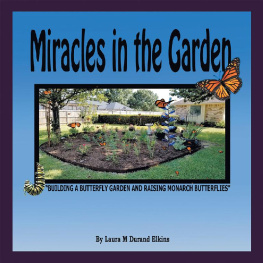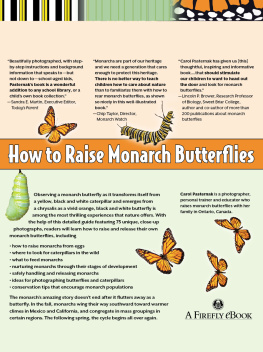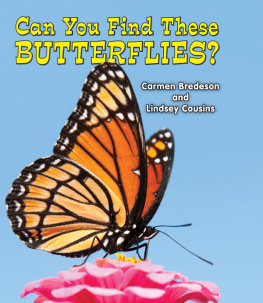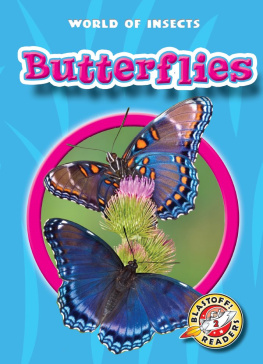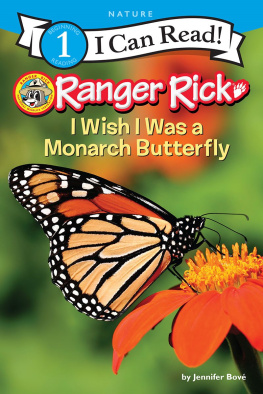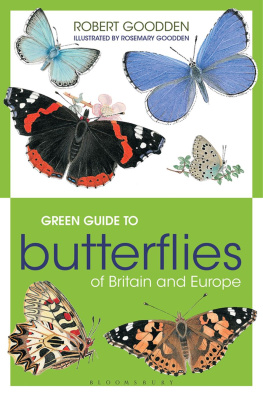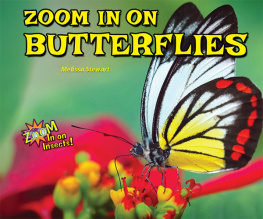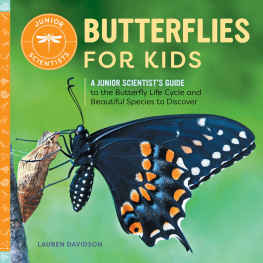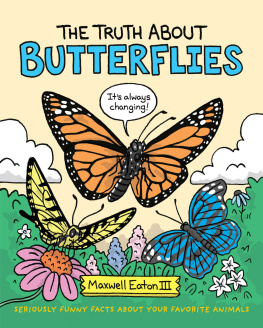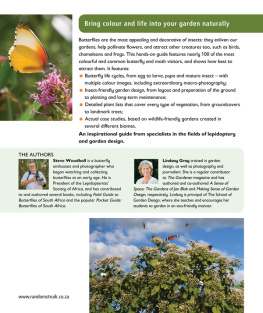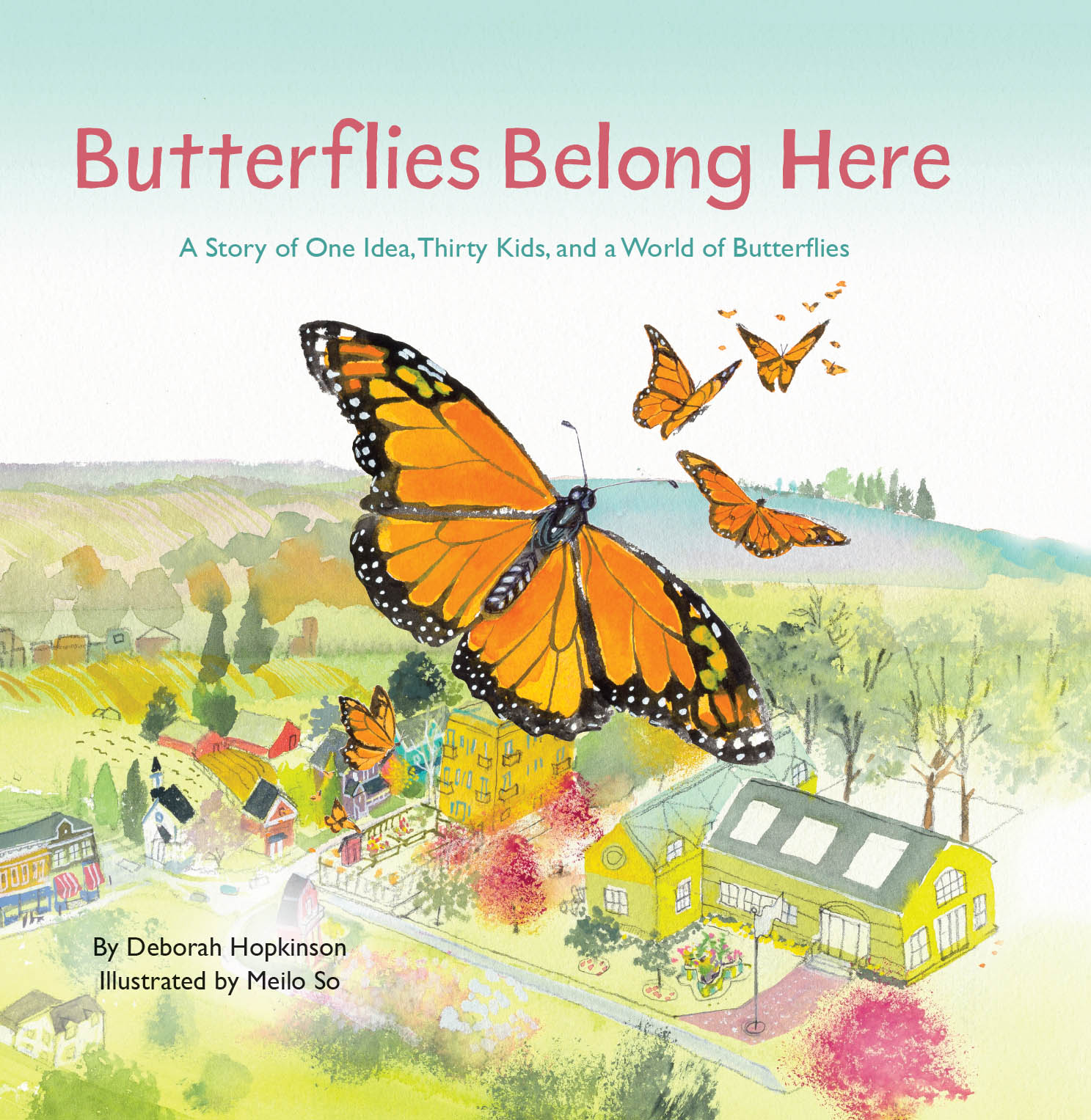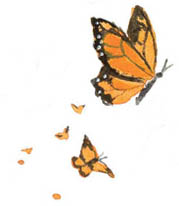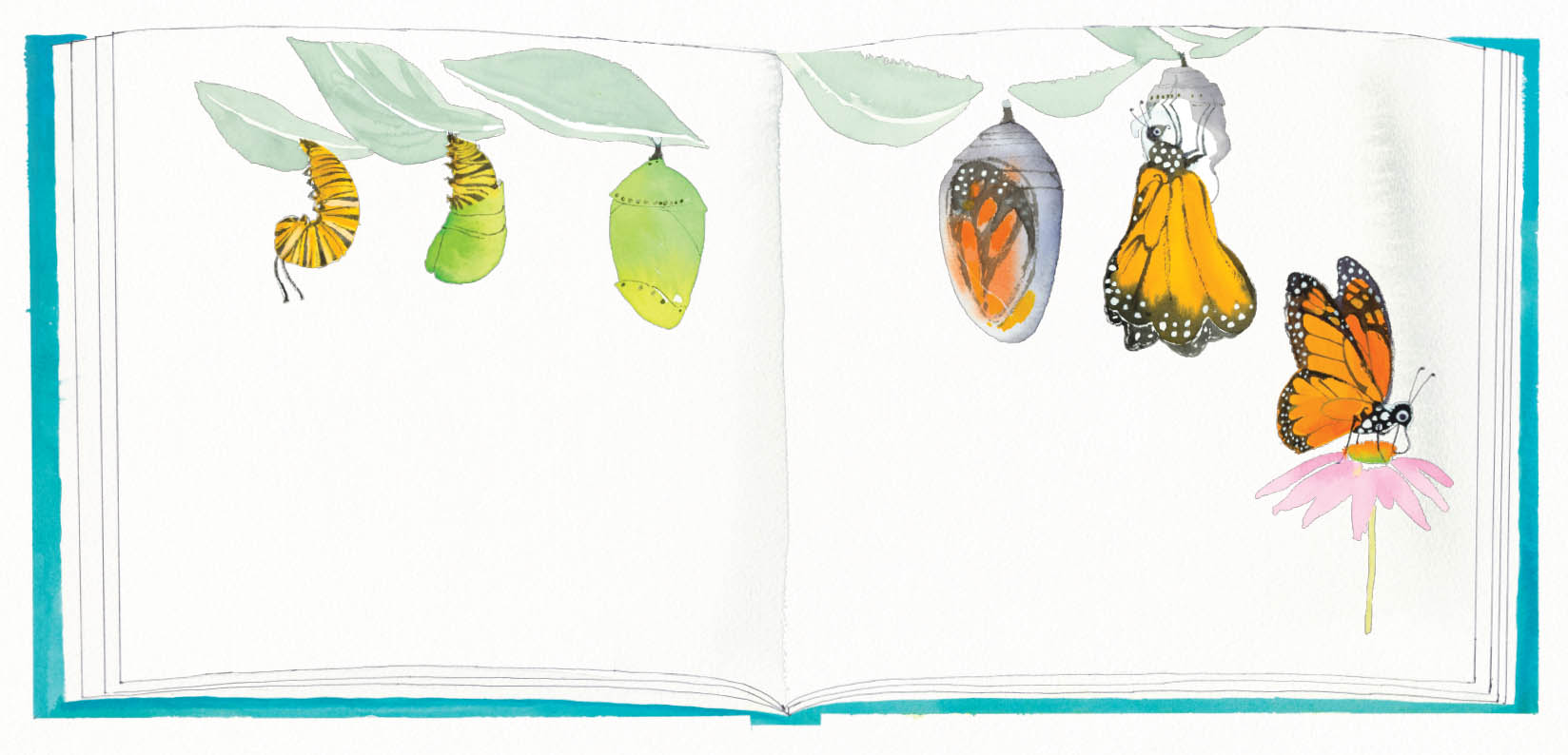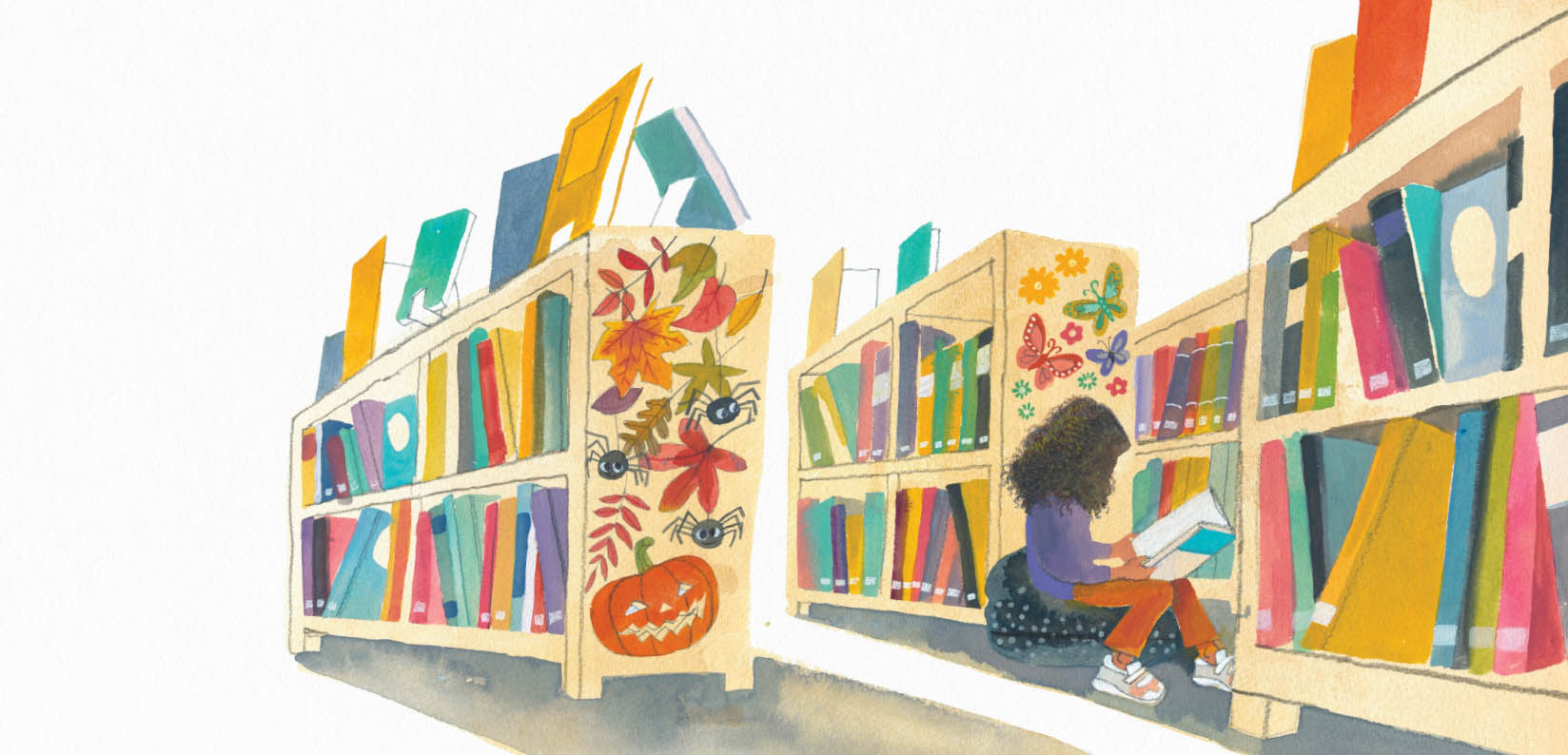Deborah Hopkinson - Butterflies Belong Here: A Story of One Idea, Thirty Kids, and a World of Butterflies
Here you can read online Deborah Hopkinson - Butterflies Belong Here: A Story of One Idea, Thirty Kids, and a World of Butterflies full text of the book (entire story) in english for free. Download pdf and epub, get meaning, cover and reviews about this ebook. year: 2020, publisher: Chronicle Books LLC, genre: Art. Description of the work, (preface) as well as reviews are available. Best literature library LitArk.com created for fans of good reading and offers a wide selection of genres:
Romance novel
Science fiction
Adventure
Detective
Science
History
Home and family
Prose
Art
Politics
Computer
Non-fiction
Religion
Business
Children
Humor
Choose a favorite category and find really read worthwhile books. Enjoy immersion in the world of imagination, feel the emotions of the characters or learn something new for yourself, make an fascinating discovery.

- Book:Butterflies Belong Here: A Story of One Idea, Thirty Kids, and a World of Butterflies
- Author:
- Publisher:Chronicle Books LLC
- Genre:
- Year:2020
- Rating:5 / 5
- Favourites:Add to favourites
- Your mark:
Butterflies Belong Here: A Story of One Idea, Thirty Kids, and a World of Butterflies: summary, description and annotation
We offer to read an annotation, description, summary or preface (depends on what the author of the book "Butterflies Belong Here: A Story of One Idea, Thirty Kids, and a World of Butterflies" wrote himself). If you haven't found the necessary information about the book — write in the comments, we will try to find it.
In this moving story of community conservation, a girl finds a home in a new place and a way to help other small travelers.
This book is about the real change children can make in conservation and advocacyin this case, focusing on beautiful monarch butterflies.
From Deborah Hopkinson and Meilo So, the acclaimed team behind Follow the Moon Home
An empowering, classroom-ready read
The protagonist is a girl whose family has recently immigrated to the United States.
I know what to look for: large black-and-orange wings with a border of small white specks, flitting from flower to flower, sipping nectar. But though I looked hard, I couldnt find even one. I wondered if monarch butterflies belonged here. I wondered if I did, too.
Butterflies Belong Here is proof that even the smallest of us are capable of amazing transformations.
Equal parts educational and heartwarming, this makes a great book for parents and grandparents, as well as librarians, science teachers, and educators.
Those interested in beautiful butterflies and everyday activism will find this lovely book both motivating and inspiring.
Perfect for children ages 5 to 8 years old
Youll love this book if you love books like Thank You, Earth: A Love Letter to Our Planet by April Pulley Sayre, The Honeybee by Kirsten Hall, and Greta and the Giants: Inspired by Greta Thunbergs Stand to Save the World by Zo Tucker
Deborah Hopkinson: author's other books
Who wrote Butterflies Belong Here: A Story of One Idea, Thirty Kids, and a World of Butterflies? Find out the surname, the name of the author of the book and a list of all author's works by series.





